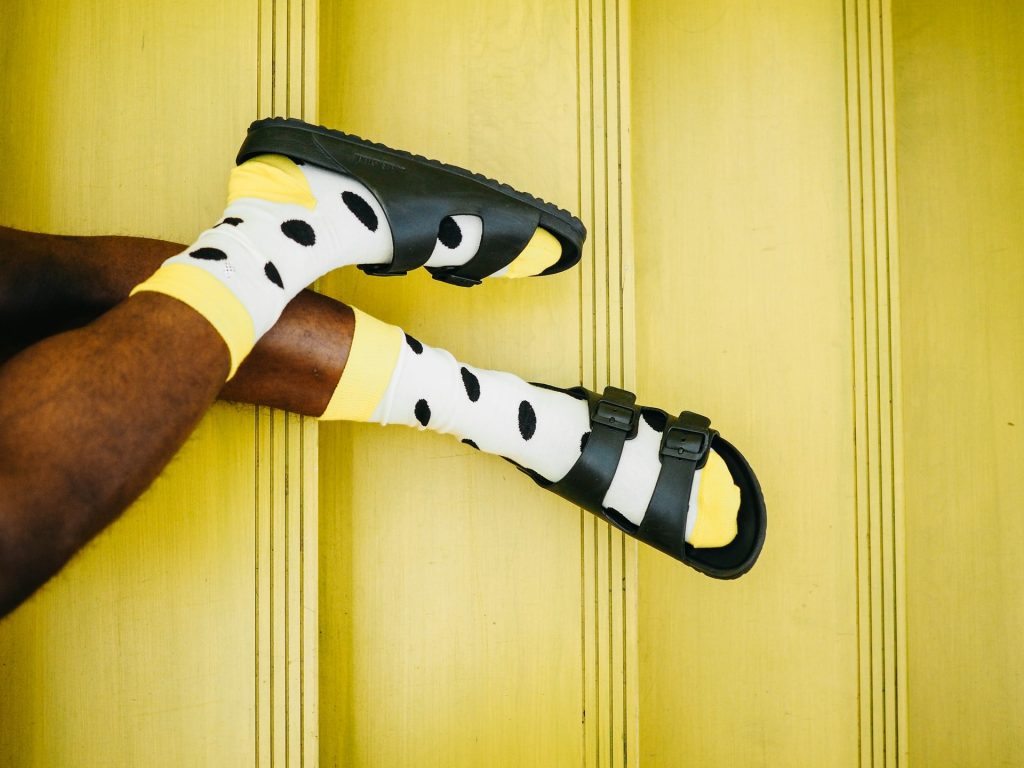
Claw toe is a foot deformity where the toe bends abnormally at both the middle (proximal interphalangeal) and end (distal interphalangeal) joints, creating a curled or “claw-like” appearance. This condition can affect one or more of the four smaller toes and often worsens over time if left untreated, potentially becoming rigid and causing chronic pain or difficulty walking.
Request an AppointmentCauses of Claw Toe
Claw toe usually develops due to a muscle imbalance in the foot. When the deeper muscles that flex the toes are weaker than the surface muscles that extend them, the ligaments and tendons tighten and pull the toe into a curled position. This muscle imbalance can be triggered by:
- Diabetes
- Arthritis
- Alcoholism
- Stroke
- Spinal cord tumors
- Nerve damage affecting foot muscles
These conditions may lead to permanent structural changes in the foot, including claw toe.
Symptoms of Claw Toe
Claw toe often begins as a flexible deformity but can progress into a fixed one. Symptoms include:
- Toes bent downward at the middle and end joints
- Toes pointing upward at the joint near the ball of the foot
- Pain or discomfort when walking or wearing shoes
- Corns or calluses forming on the tops of toes or under the ball of the foot due to pressure and friction
- Difficulty finding comfortable footwear
Pain and irritation are usually caused by the toes pressing against shoes, making mobility increasingly uncomfortable.
Treatment Options for Claw Toe
Treatment depends on the stage of the condition—whether the toe is still flexible or has become rigid.
Non-Surgical Treatments (Early Stage)
- Toe splints or taping to realign and support the toe
- Stretching and strengthening exercises to improve muscle balance and toe flexibility
- Wearing roomy shoes with a wide toe box
- Cushioned pads or orthotics to reduce pressure on affected areas
Advanced Treatment (Rigid Claw Toe)
If the deformity has become fixed and conservative measures no longer provide relief:
- Custom footwear with extra depth and padding can improve comfort
- Surgical correction may be recommended to realign bones, tendons, or joints and restore function
When to See a Doctor
If you’re experiencing persistent toe pain, deformity, or difficulty walking, it’s important to see a podiatrist. Early diagnosis and intervention can slow the progression of claw toe and reduce the need for surgery.